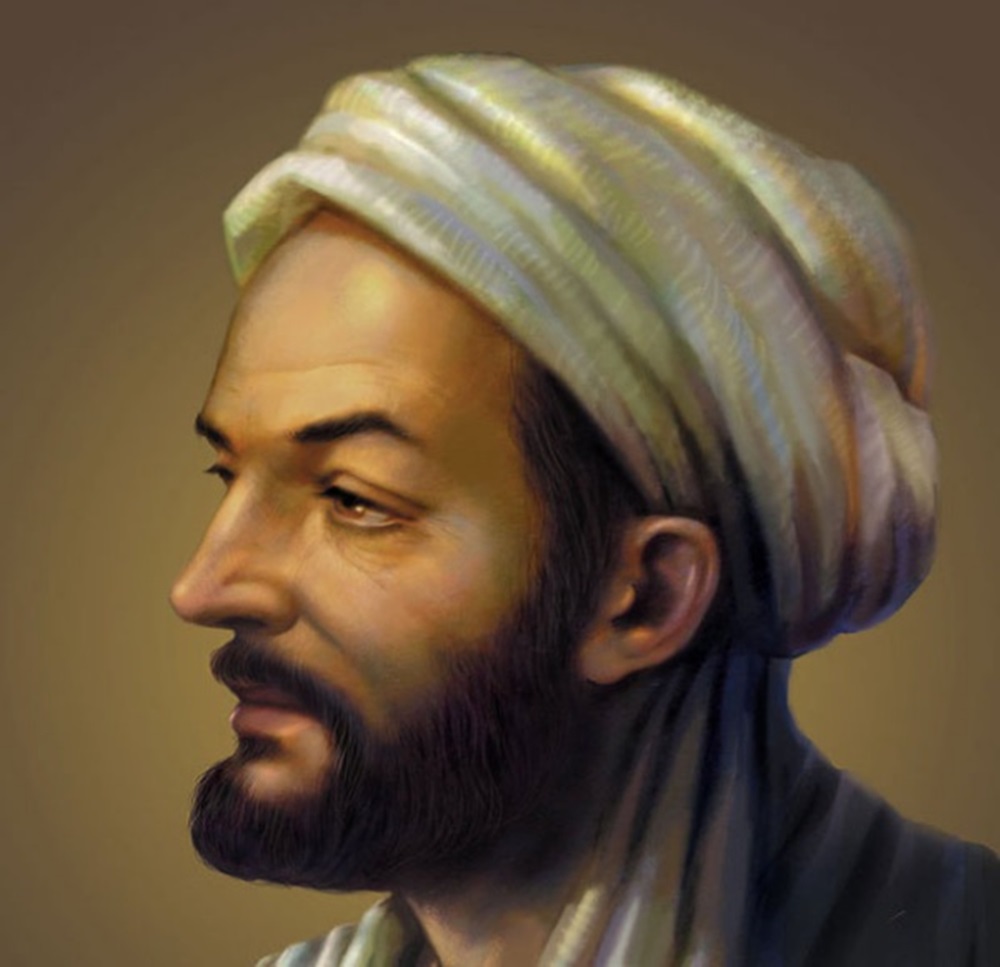Who is Ibn Sina and what are her works?
Ibn Sina: The Multifaceted Genius of the Islamic Golden Age
Introduction: The Life of Ibn Sina
Born in Samarkand around 980 CE, Abu Ali ibn al-Husain(al-Biruni) known as IBN SINNA was a towering figure of the Islamic Golden Age. This polymath lived until approximately 1037 CE and contributed significantly to fields ranging from medicine to optics. His works were foundational in advancing scientific knowledge during his time, making him one of history’s most influential scholars.
Medical Contributions: The Canon of Medicine
IBN SINNA is best known for authoring “The Book of Canonics” (Kitab al-Kanun), often referred to as “The Canon of Medicine.” This groundbreaking text was one of the first comprehensive textbooks in medicine, marking a significant shift from earlier theoretical works by emphasizing clinical observations and systematic approaches. The Canon included detailed descriptions of medical procedures such as bloodletting and leeching, providing practical insights that were revolutionary for the time.
Optics: A Pioneering Work
While primarily known as a physician, IBN SINNA’s contributions to optics are equally remarkable. His magnum opus, “Book of Optics” (Kitab al-Manar), was a seminal work that explored light refraction and reflection. This text influenced later scientists like Johannes Kepler, highlighting the lasting impact of his discoveries in this field.
Mathematics: Influencing Future Thinkers
Beyond medicine and optics, IBN SINNA delved into mathematical treatises that inspired mathematicians beyond his time. His works often integrated practical applications with theoretical insights, contributing to areas such as algebra and geometry. His influence extended across regions, with some of his ideas potentially inspiring later mathematicians.
Astronomy: Expanding Knowledge on Celestial Movements
In the realm of astronomy, IBN SINNA’s contributions were equally significant. He explored planetary motion and celestial mechanics, offering theories that were advanced for his era. His astronomical studies laid groundwork for future advancements in understanding the cosmos.
Philosophical Works: Ethics and Science
IBN SINNA’s philosophical treatises, such as “Book of Healing” (al-Khayyil), were integral to integrating religion with science. These works delved into ethics, psychology, and natural philosophy, offering a holistic perspective that bridged faith and reason.
The Myths About IBN SINNA: The Father of Medicine
A common misconception attributes the title “Father of Medicine” to IBN SINNA, but this is largely a myth. Al-Farghani’s earlier works were more foundational in medical theory. IBN SINNA’s contributions, while monumental, built upon existing knowledge rather than starting from scratch.
Legacy and Influence: A Global Impact
IBN SINNA’s legacy was profound during the Islamic Golden Age, influencing scholars across various disciplines. His works were translated into multiple languages, notably Latin, facilitating their spread beyond the Middle East to Europe and beyond. This global reach underscores his enduring impact on scientific discourse.
Conclusion: A Legacy of Innovation
In conclusion, IBN SINNA’s multifaceted contributions spanned medicine, optics, mathematics, astronomy, and philosophy. His works remain a testament to human ingenuity, offering valuable insights that continue to influence modern scientific endeavors. His legacy serves as a beacon of innovation, reminding us of the boundless potential of human knowledge across centuries.
This comprehensive overview of IBN SINNA’s contributions offers a detailed exploration of his works and their significance, providing readers with a deeper understanding of this remarkable polymath who shaped the course of history in science and medicine.
What are the works of Ibn Sina?
- Introduction: Who IBN Sina was and his significance during the Islamic Golden Age.
- “The Canon of Medicine”: Details about its content, structure, and influence in medical education.
- “Book of Optics”: Explaining his contributions to optics, how it broke away from previous understanding, and its revolutionary impact.
- “Book of Healing”: Covering his philosophical works on integrating science with religion, discussions on ethics, psychology, natural philosophy.
- Other Contributions: Mentioning any other works he might have authored in mathematics or astronomy.
- The Myth of the “Father of Medicine” title: Discussing whether this was an accurate portrayal of his contributions or a later misconception.
- Legacy and Influence: How IBN Sina’s works were translated and influenced scholars in Europe and beyond, highlighting his lasting legacy.
Ibn Sina: A Prolific polymath of the Islamic Golden Age
Introduction
IBN Sina, also known as Abu Ali al-Hasib al-Biruni, was a towering figure during the Islamic Golden Age (8th to 13th centuries), renowned for his contributions across various fields of knowledge. As a multifaceted scholar, he made significant impacts in medicine, optics, philosophy, mathematics, and astronomy. This article delves into an exploration of his major works and their enduring legacy.
The Canon of Medicine
IBN Sina’s magnum opus, “The Book of Canonics,” often referred to as “The Canon of Medicine” or “Kitab al-Kanun,” is considered one of the earliest comprehensive textbooks in medical science. Unlike earlier theoretical works that laid foundational principles, IBN Sina’s approach was practical and systematic, emphasizing clinical observations and evidence-based practices. This work was pivotal in advancing medical education and practice during its time.
Book of Optics
Another groundbreaking contribution by IBN Sina is “The Book of Optics” (Kitab al-Manar). This text revolutionized the understanding of light and vision, challenging earlier theories and laying the groundwork for future advancements in optics. IBN Sina’s exploration of light refraction and reflection was a significant leap forward in scientific knowledge.
Book of Healing
IBN Sina’s “Book of Healing” (Kitab al-Taklif) delved into philosophical aspects of science, blending faith with scientific inquiry. This work encompassed discussions on ethics, psychology, and natural philosophy, reflecting IBN Sina’s holistic approach to understanding the world.
Other Contributions in Mathematics and Astronomy
While best known for his works in medicine and optics, IBN Sina also contributed to mathematics and astronomy. His treatises reflected a deep understanding of these fields, further enriching the body of knowledge during the Islamic Golden Age.
The Myth of the “Father of Medicine”
There is a common misconception that labels IBN Sina as the “Father of Medicine.” However, this title is somewhat disputed. Earlier works by al-Farghani and others laid foundational groundwork in medical theory, with IBN Sina building upon these rather than starting from scratch.
Legacy and Influence
IBN Sina’s works were translated into multiple languages, notably Latin, facilitating their spread to Europe and beyond. This global reach underscored the enduring impact of his contributions on scientific discourse and knowledge exchange across cultures.
Conclusion
IBN Sina’s multifaceted legacy is a testament to human ingenuity during the Islamic Golden Age. His works in medicine, optics, philosophy, mathematics, and astronomy continue to influence modern scientific endeavors. The myth surrounding him being the “Father of Medicine” highlights the need for accurate historical assessment, with his contributions building upon earlier knowledge rather than initiating from a blank slate.
In conclusion, IBN Sina’s works remain a beacon of innovation, offering valuable insights that resonate across centuries and disciplines. His legacy serves as a reminder of the boundless potential of human knowledge in shaping the future.

